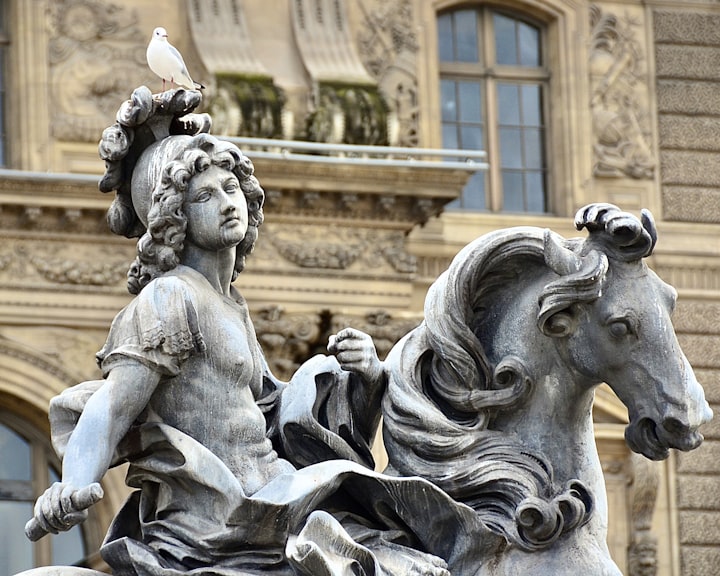Museum Architecture: The Concept
Museum architecture Atlanta is defined as the art of designing, installing, or constructing a space that will house specific museum functions, most notably exhibition and display, preventive and remedial active conservation, study, management, and visitor reception.

Museum architecture Atlanta is defined as the art of designing, installing, or constructing a space that will house specific museum functions, most notably exhibition and display, preventive and remedial active conservation, study, management, and visitor reception.
Since the invention of the modern museum, at the end of the 18th century and the beginning of the 19th, a specific architecture evolved that was linked to the requirements of preserving, researching, and communicating collections through permanent or temporary exhibitions, while old heritage buildings were also being reconverted for museum use. This architecture can be found in both the oldest and most modern museum buildings. The architectural vocabulary has influenced the evolution of the museum concept. Thus, the temple form with a cupola and columned portico was established alongside the gallery, conceived as one of the main models for fine arts museums, and gave rise to the names gallery, galerie, galleria, and Galerie in France, Italy, and Germany, as well as in Anglo-American countries.
Museum buildings was often focused on safeguarding collections
Although the design of museum buildings was frequently based on the preservation of collections, it evolved as new functions in museum work were developed. So, after seeking solutions for better lighting of the exhibits (Soufflot, Brébion, 1778; J.-B. Le Brun, 1787), better distribution of the collections throughout the museum building (Mechel, 1778- 1784), and better structuring the exhibition space (Leo von Klenze, 1816-1830), museum people realised at the turn of the twentieth century that the permanent exhibitions needed to be reduced. To that end, they built storage areas by sacrificing exhibition rooms, making space in the basement, or constructing new structures. Furthermore, every effort was made to make the exhibit setting as neutral as possible, even if this meant sacrificing some or all of the existing historical décor. The invention of electricity greatly aided these advancements, allowing lighting systems to be completely redesigned.
Major architectural changes in the second half of the 20th century
New functions that emerged in the second half of the twentieth century resulted in major architectural changes: an increase in the number of temporary exhibitions resulted in a different distribution of collections between permanent exhibition and storage spaces; the development of visitor facilities, educational workshops, and rest areas, particularly the creation of large multipurpose spaces; the development of bookshops, restaurants, and shops selling items relating to the epoch; the development of bookshops, restaurants, and shops selling items relating to the epoch However, decentralisation through regrouping and subcontracting some museum operations necessitated the construction or installation of specialised autonomous buildings: first, restoration workshops and laboratories that could specialise while serving multiple museums, and then storage areas located away from the exhibition spaces.
Who is an architect?
The architect is the person who creates and directs the building's design and construction. More broadly, the person who creates the envelope for the collections, staff, and public. From this vantage point, architecture affects all of the elements associated with space and light within the museum, which may appear to be secondary but prove to be determining factors for the meaning of the display (arrangement in chronological order, visibility from all angles, neutral background, etc.). Thus, museum buildings are designed and built in accordance with an architectural programme devised by the establishment's scientific and administrative leaders. However, decisions about the program's definition and the scope of the architect's intervention are not always distributed in this manner. Architecture, as an art form or method of constructing and installing a museum, can be viewed as a complete oeuvre, one that incorporates the entire museum exhibit layout. This approach, which is sometimes advocated by architects, can only be envisioned if the architectural programme includes all museographical issues, which is often not the case.
It is possible that the architects' programmes include interior design, allowing the latter - if no distinction is made between areas for general use and those for museographical use - to exercise their 'creativity,' sometimes to the detriment of the museum. Some architects have specialised in exhibition design and have worked as stage designers or exhibition designers. Unless their practises include this specific type of competence, those who can call themselves "museographers" or "specialists in museum practise" are rare.
Present difficulties of museum architecture lie in the conflict
The current difficulties of museum architecture stem from a logical conflict between, on the one hand, the architect's ambitions (who will find himself in the spotlight due to the international visibility of this type of building today), and, on the other hand, the people involved with collection preservation and display; finally, the comfort of the various visitors must be considered.
A look at contemporary architectural creations reveals that, even though most architects consider the museum program's requirements, many continue to prefer the beautiful object over the excellent tool.
About the Creator
Amit Kumar
Full-time thinker & part-time writer...






Comments
There are no comments for this story
Be the first to respond and start the conversation.